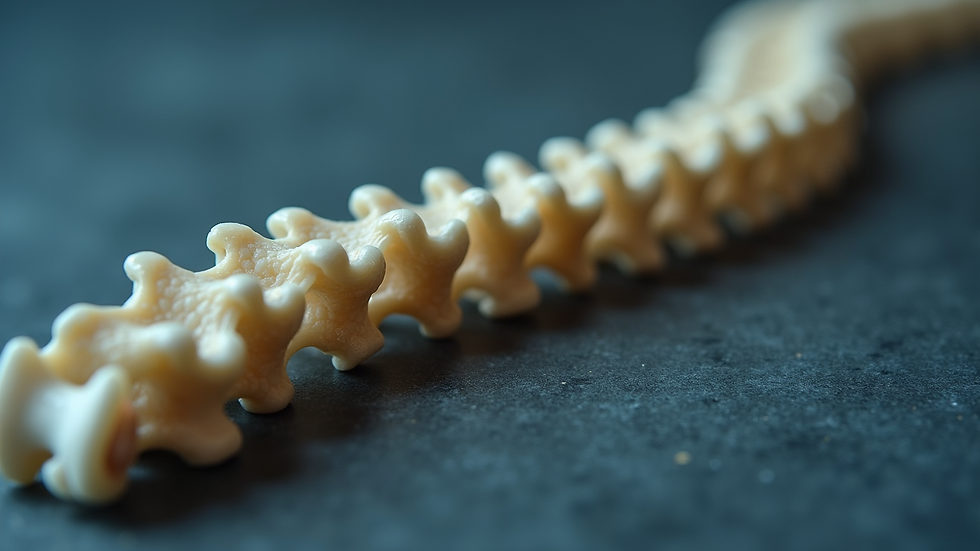Surprising Reason for Chest Pain: It Might Not Be Your Heart—It Could Be Your Spine!
- Kingscliff Central Chiro
- Jul 24
- 2 min read
Chest pain often sends people into a panic, primarily due to the common belief that it indicates heart problems. It's important to recognize that not all chest discomfort is heart-related. A lesser-known cause can be dysfunction in the spine and the rib joints that attach to it.
Ignoring spinal issues can lead to pain that affects daily life. In this article, we will discuss how these spinal dysfunctions can cause chest discomfort and outline practical steps to address the issue.
Understanding Costovertebral and Costosternal Joints
The costovertebral joints connect the ribs to the vertebrae in the spine, while the costosternal joints connect the ribs to the sternum, or breastbone. Both types of joints are critical for chest movement during breathing and physical activity.
When these joints become stiff or misaligned due to factors such as poor posture or injury, they can produce pain mimicking heart conditions. Research indicates that up to 30% of patients with chest pain experience discomfort from spinal issues rather than heart-related problems. Individuals may report symptoms ranging from sharp, stabbing sensations to a dull, persistent ache in their chest.

Identifying the Symptoms
Chest discomfort due to spinal dysfunction may present alongside other telling symptoms that help distinguish it from cardiac issues. These symptoms can include:
Pain that intensifies with specific movements or deep breathing
Discomfort radiating to the back, shoulders, or abdomen
Tenderness in the areas surrounding the affected joints when touched
Being aware of these symptoms can assist in seeking appropriate treatment and alleviating unnecessary concerns about heart problems.
Diagnosis and Treatment Options
Healthcare professionals often diagnose costovertebral or costosternal joint dysfunction through physical examinations, imaging studies, and a detailed symptom review. Treatment plans can vary depending on the cause but may include:
Physical Therapy: Personalized exercises are effective in strengthening the spine and improving flexibility.
Chiropractic Care: Spinal and rib joint manipulations can relieve pressure on the joints and reduce pain.
Medication: Over-the-counter anti-inflammatory medications, such as ibuprofen, can help manage discomfort effectively in many cases.
In more severe instances, interventions like steroid injections or surgery may be necessary for relief.

Keeping Your Spine Healthy
Taking steps to maintain a healthy spine can help prevent problems associated with costovertebral and costosternal joint dysfunction. Here are some effective strategies:
Maintain Good Posture: Being mindful of your posture while sitting or standing is essential for reducing strain on your spine.
Stay Active: Engaging in regular exercise, such as walking or yoga, promotes spine health and enhances flexibility.
Ergonomic Workspace: Set up your desk to avoid unnecessary strain, especially if you spend long hours working at a computer. For example, ensuring your monitor is at eye level can significantly reduce neck and back strain.
Final Thoughts
Although chest pain often raises alarms about heart issues, remember it might originate from spinal problems. Dysfunction in the costovertebral and costosternal joints can easily be misdiagnosed, causing unnecessary anxiety.
By understanding the connection between your spine and chest discomfort, you can approach your symptoms more knowledgeably. If you encounter persistent chest pain, consulting a healthcare provider to explore all potential causes—including those linked to your spine—can lead to proper diagnosis and treatment.

.png)


